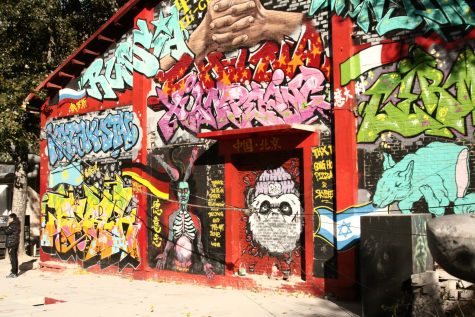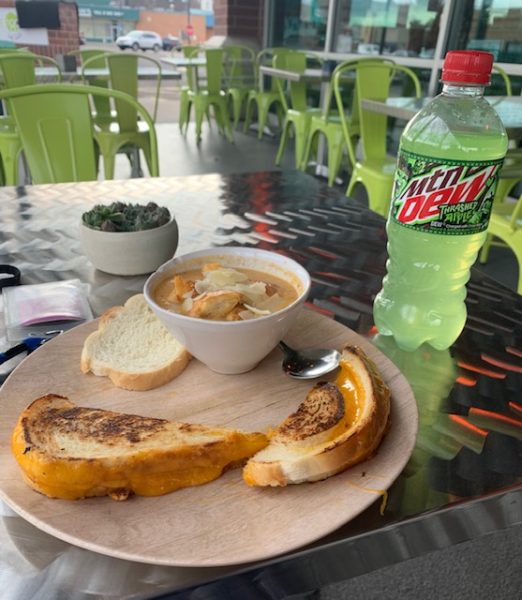Dashanzi Factory Complex
On the north eastern edge of the sprawling metropolitan city of Beijing rests an area known only as “District 798,” otherwise known as the Dashanzi factory, a former Soviet-built compound wholly developed to bring China into the modern age. Instead, it has become a haven for artistic expression underneath the Chinese Communist Party.
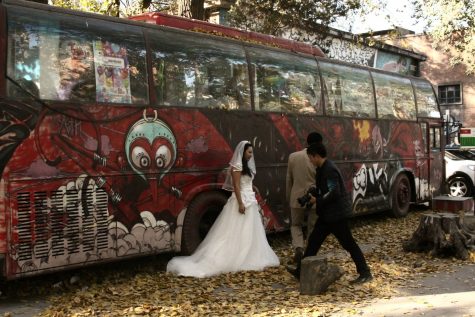
The District was initially built by commission of Mao Zedong in the 1950s, under guidance of the Soviet empire, employing East German engineers, Soviet engineers, and countless Chinese workers. It was part of a vast complex that housed upwards of 200,000 employees, the birthplace of modern Beijing, and a source of more manufacturing of contemporary electronics and technology than had ever been seen in China before. Spacious factories with enormous skylights allowed for minimal loss of productivity during daylight hours, without the need for prior electrical assistance. A true communist dream during a period of massive development.
Now, the buildings stand, not so much as a tribute but as an alternative avenue for artists an filmmakers alike, covered in paint, and angst, and anguish. The prestige of Red China has faded into the mist, but the allure of time past still remains.
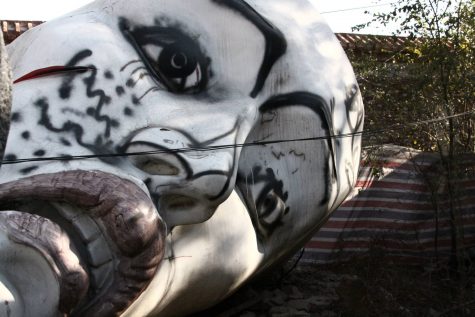
798 is now composed entirely of unending images of cultural history as interpreted by Beijing’s most talented alternative thinkers. Across the buildings and broken railroads are scenes of contempt or support for the country’s most recent history and passings. A silk road of exchange between opposing ideologies sprung up in the last few decades. Truly a representation of a new sort of dialogue within a highly contained society, and evident to even the most naive of passerbys.
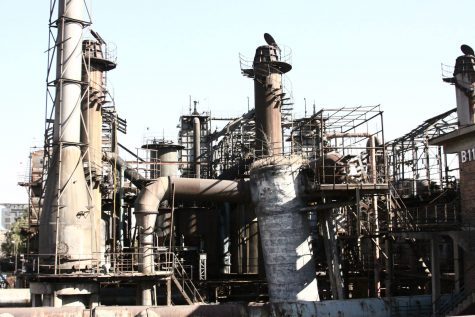
Next door is district 751, renowned within China for being a premier spot for filming gangster flicks. Like 798, it maintains structural integrity from the structures built so many years ago, and enjoys the celebrity of attracting photographers, filmmakers, and hopeful newlyweds from around the country. Unlike it’s neighbor, no graffiti, no expression can be found. It merely lays intact, being documented, and utilized as it stands. Gangster films, wedding photography and curious spectators flood the scene. 751, separated by a single rail track, hints at the accepted divides within such a tightly knit city. While 798 hosts a myriad of artists, 751 hosts some of the most grandiose companies in the world, sporting BMW, Mercedes, Prada, etc.., 798 hosts the artists of every range of popularity.
Sparking one of the biggest questions posed in Beijing: what is the contemporary mentality of the arts in the Chinese capital?
